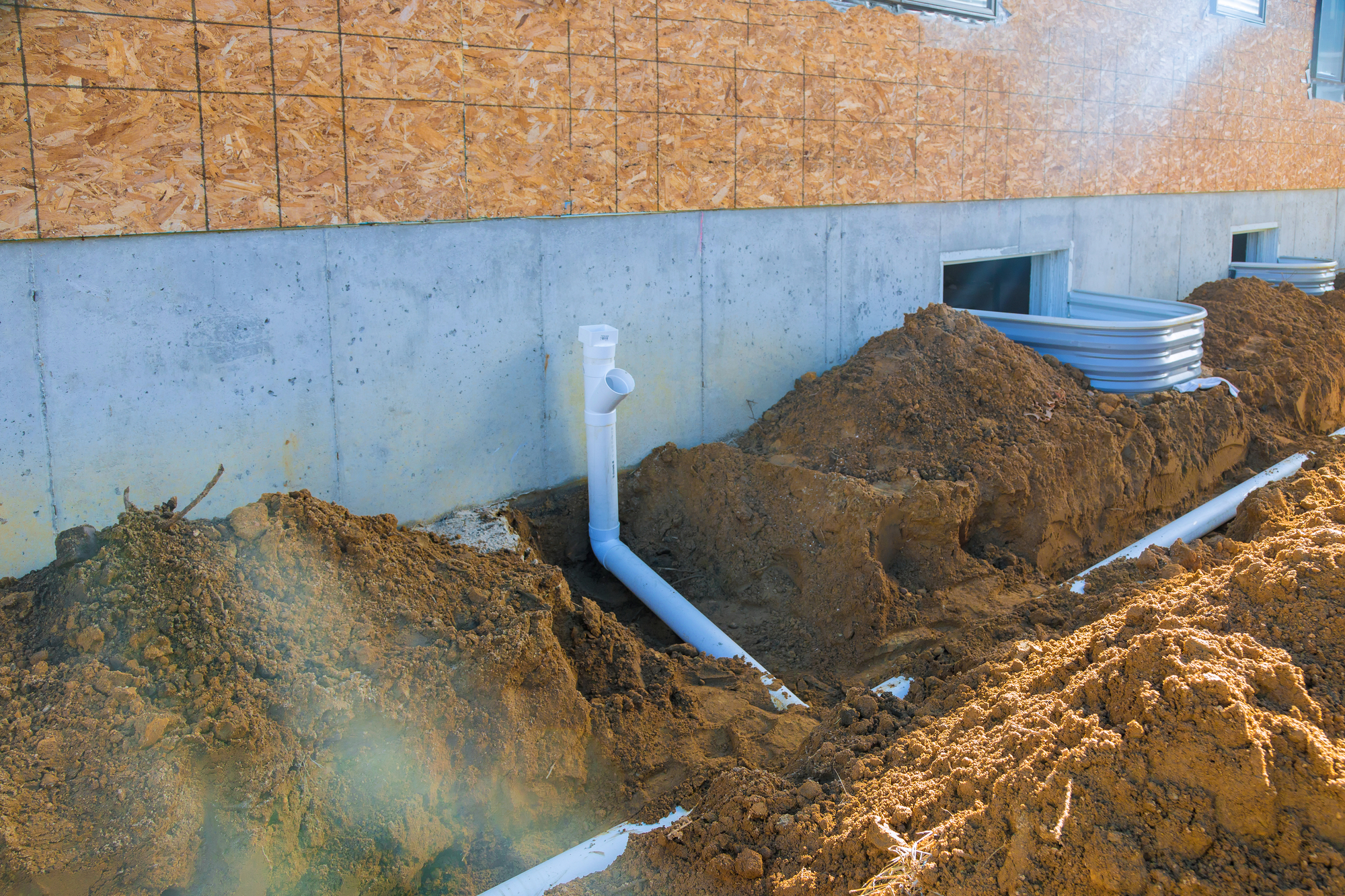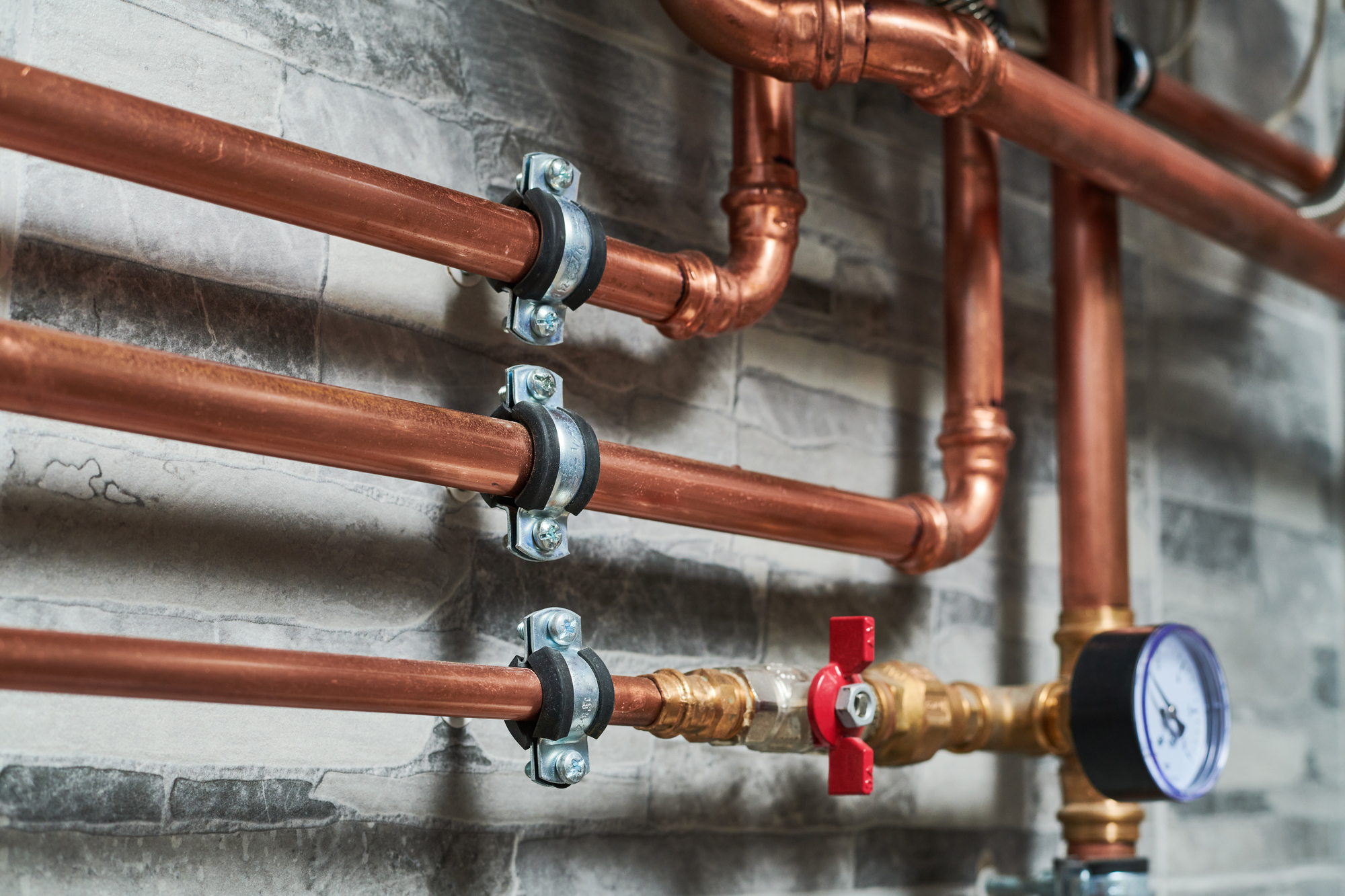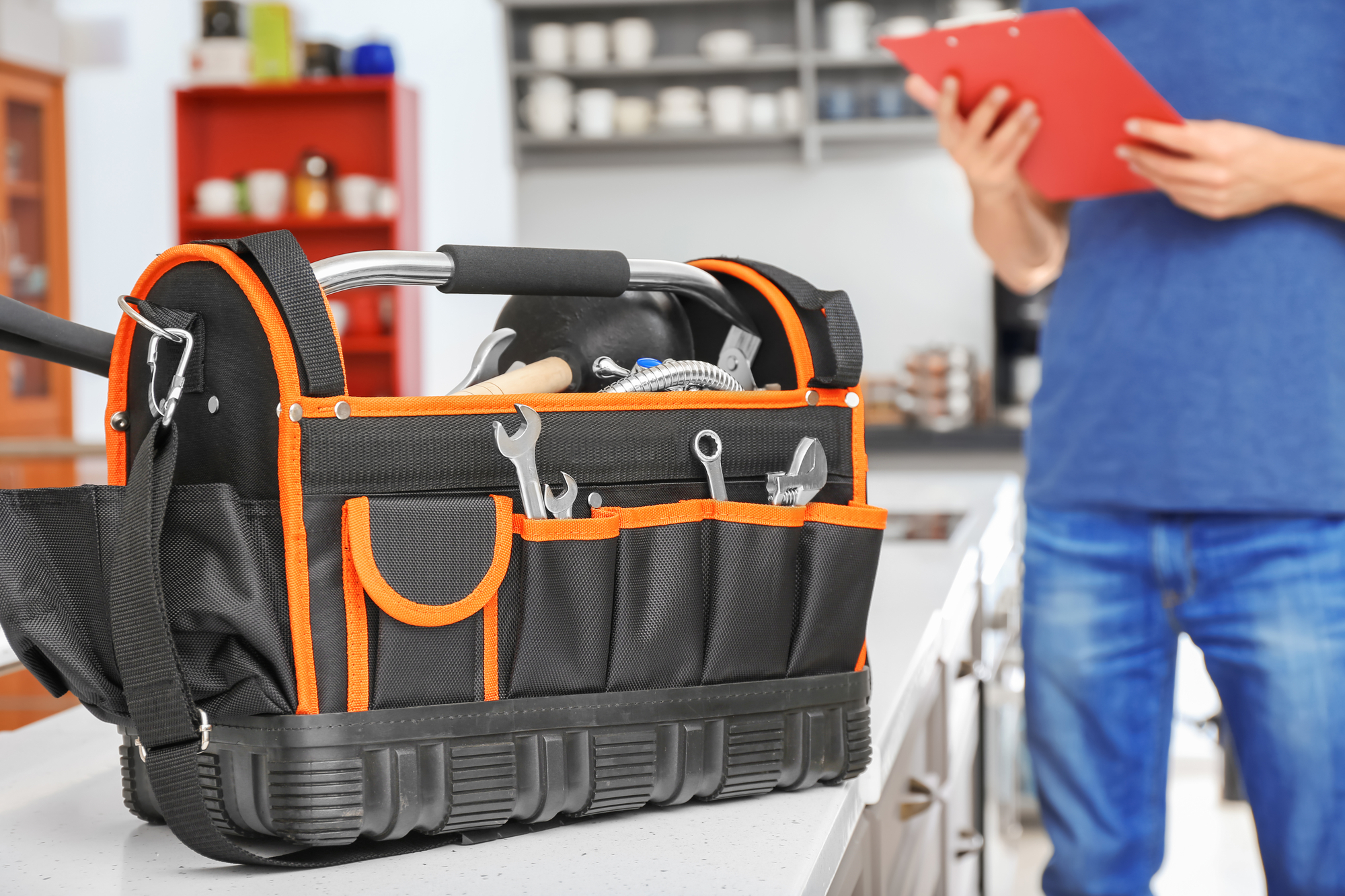PEX or cross-linked polyethylene tubing is a popular material in plumbing systems because of its flexibility, durability, and ability to withstand varying water temperatures. However, it’s rarely used in commercial hydronic distribution applications that require hot water systems used for heating purposes. Traditional materials like copper have dominated this sector, but PEX has risen as a viable material alternative.
Here are six reasons why PEX tubing excels as a material for commercial hydronic distribution applications.
1. Easy Installation
One of the most significant advantages of PEX tubing is its ease of installation. It offers flexibility, which means it can quickly adapt to even the most complicated piping configurations. PEX tubing comes in long and continuous rolls, reducing the need for joining fittings, reducing the number of potential leak points. Additionally, the fast and straightforward compression fittings ensure the pipes are not damaged during installation, saving time and costs.

2. Cost-Effectiveness
PEX tubing is significantly cheaper to purchase than copper, and the material differences result in installation cost savings. With its flexibility, PEX tubing eliminates the need for elbows, couplings, and other fittings, reducing the installation time and number of required fittings and installers. Further, unlike copper, PEX tubing doesn’t require soldering, further reducing installation costs.
3. Durability and Longevity
PEX tubing has a long lifespan and is resistant to damage caused by scale buildup or other forms of corrosion. Copper piping with scale buildup decreases flow rates, while PEX tubing can offer consistent performance over time without degradation. Additionally, PEX tubing is resistant to freezing temperatures, making it a superior choice when it comes to preventing pipe damage from frozen systems.
4. Better Thermal Performance
PEX tubing excels when it comes to heat transfer compared to copper. Usually, you install copper tubing into a hot water system in a loop. As hot water runs through the loop, it loses thermal energy through the copper’s copper surface. PEX tubing reduces heat loss due to its surface area to volume ratio, which means that cold water within the tubing absorbs heat from the hot water running within the same pipe, resulting in reduced heat loss.

5. Low Noise Level
PEX tubing has lower noise levels than copper plumbing due to its flexibility. Copper systems tend to vibrate and create a hum that travels through floors and walls, making them less suitable in noise-sensitive areas. PEX tubing absorbs these vibrations, which results in a quieter plumbing system.
6. Versatility
PEX tubing can fit commercial hydronic distribution systems, reducing the need for multiple pipe types. Additionally, you can bend these pipes to match the layout of a building, eliminating the need for time-consuming pipe fittings. This makes PEX tubing an ideal option for tight spaces and challenging designs.
Conclusion
PEX tubing is a material that displays crucial advantages over traditional materials, particularly when applied in commercial hydronic distribution applications. PEX tubing offers durable construction and a low noise level while performing the hydronic heat transfer tasks. Additionally, it’s easy to install, providing valuable cost savings for building owners and HVAC installers. Remember that PEX tubing is safe for potable water applications, making it a safe and versatile choice for commercial plumbing system installations.
If you need a PEX expert for commercial hydronic distribution applications, ACE Plumbing Repair offers unmatched services in plumbing systems installations and repairs. Visit our website home page today, and you will find solutions for all your commercial or residential plumbing needs or call us today at (844) 711-1590.






